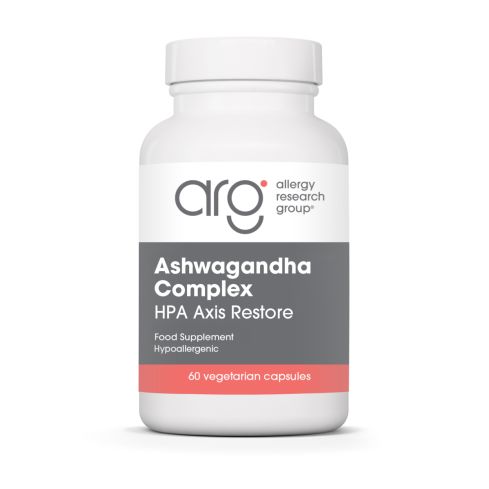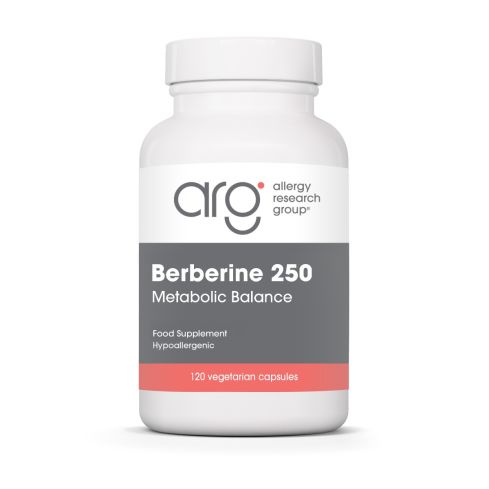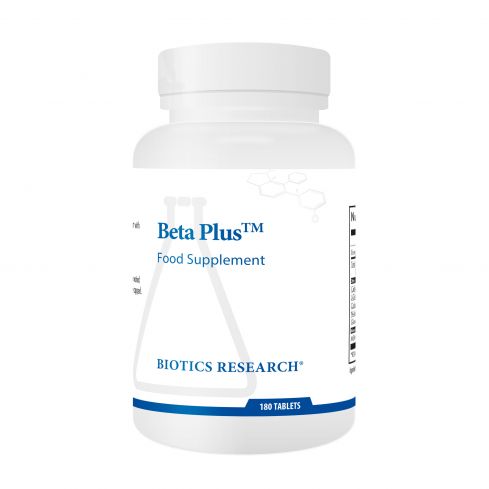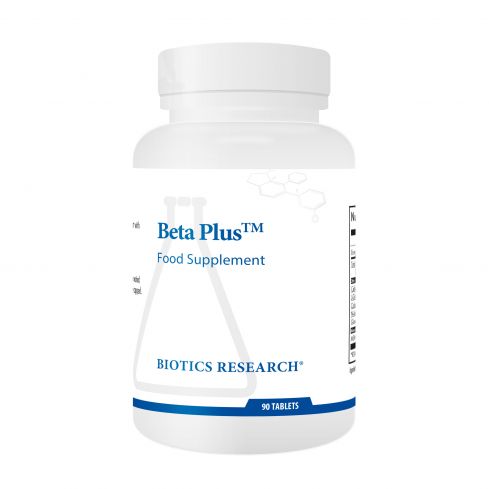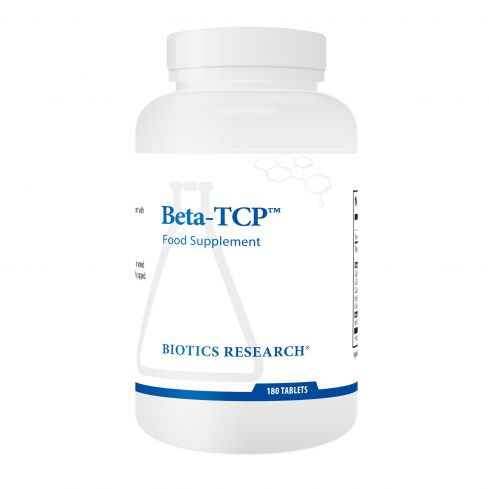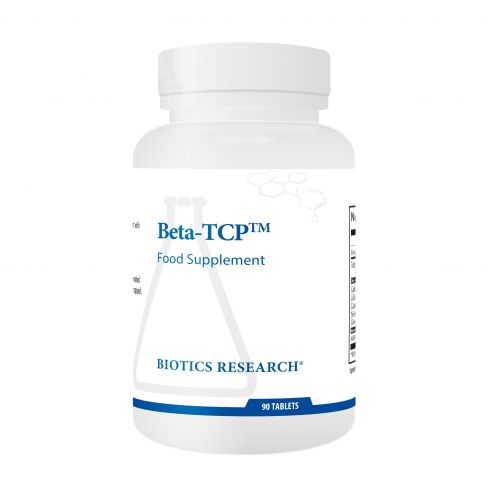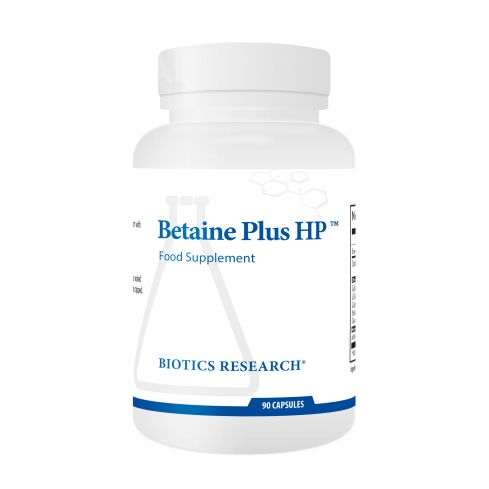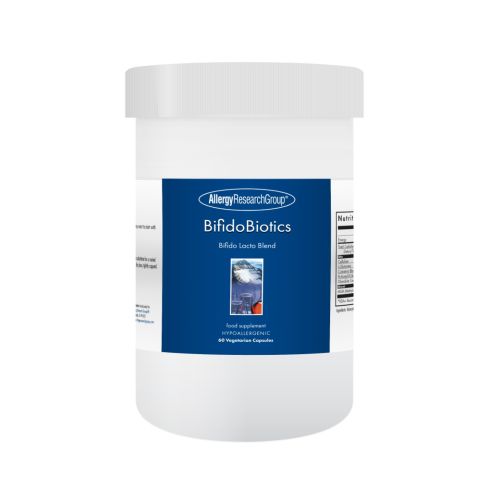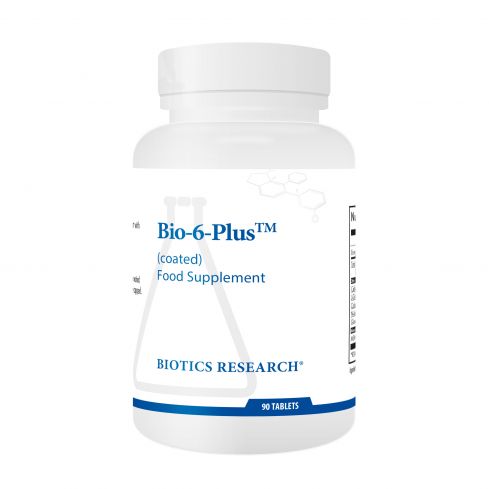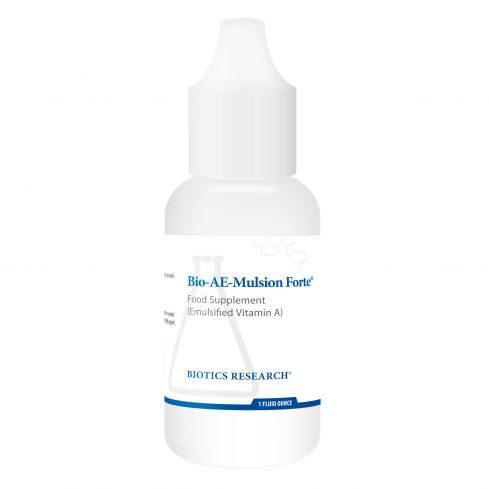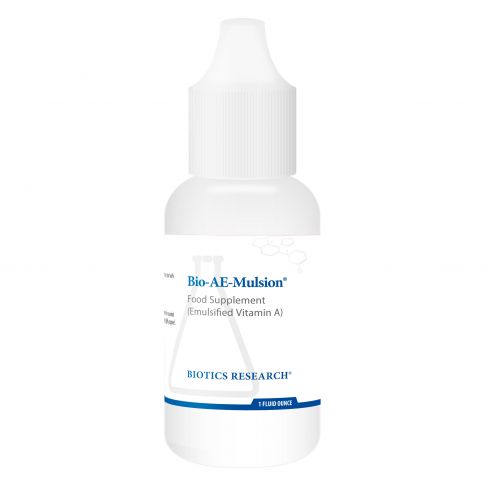- Home
- Products
- Conditions
- Intestinal/Stomach Support
Intestinal/Stomach Support
Structurally, the gastrointestinal (GI) or digestive tract is a hollow tube that runs from the mouth to the anus. Mastication (the chewing of food), peristalsis (the movement of food), enzymes, and stomach fluids break down the food into small absorbable molecules. In the lining of the small intestines specialised cells act as a barrier, separating needed nutrients from the molecules. By the time food leaves the small intestine and enters the colon nutrients in the food will have entered the bloodstream.
In addition to digestion, the GI tract also provides several important immune response activities. Large numbers of white blood cells (lymphocytes) reside under the tonsils and in the appendix. Clumps of lymphocytes and lymphatic tissues make up Peyer’s patches, immune system structures located within the small intestine. Within the walls of the large intestine, huge numbers of immune system modulators and regulators reside. Evidence has demonstrated that the health status of the tonsils, appendix, and the small and large intestine have an impact on the health of the immune system.
The thickness of the barrier between the contents of the tube and the cells that define us, is only 1 cell thick and represents a highly active barrier and transport medium that must perform two distinct yet essential functions. It must act as a successful excluder of unwanted materials and a selectitively permeable barrier to those elements deemed useful. In conjunction with the physical barrier there are other specialists cells and a massive collection of bacteria, that outnumber us in terms of cells by 10-1.
This complicated milieu is undergoing extensive evaluation around the world in labs and research clinics to help us all to understand how this key part of our body impacts on our health well beyond the gastrointestinal tract.
Nutritional selection is assessed in this tract and incorrect food choice can have a significant impact on our health, the use of nutrition dense food, micronutrients and bacteria and other agents can have a very positive impact on the health of the gastrointestinal tract.
Absorption and Transport of Nutrients
Digested molecules of food, as well as water and minerals from the diet, are absorbed from the cavity of the upper small intestine. Most absorbed materials cross the mucosa into the blood and are carried off in the bloodstream to other parts of the body for storage or further chemical change. As already noted, this part of the process varies with different types of nutrients.
Carbohydrates. It is recommended that about 55 to 60 percent of total daily calories be from carbohydrates. Some of our most common foods contain mostly carbohydrates. Examples are bread, potatoes, legumes, rice, spaghetti, fruits, and vegetables. Many of these foods contain both starch and fibre. Choosing carbohydrates that contain fibre and are as close to their original state as possible provide better health support than refined or processed carbohydrates.
The digestible carbohydrates are broken into simpler molecules by enzymes in the saliva, in juice produced by the pancreas, and in the lining of the small intestine. Starch is digested in two steps: first, an enzyme in the saliva and pancreatic juice breaks the starch into molecules called maltose; then an enzyme in the lining of the small intestine (maltase) splits the maltose into glucose molecules that can be absorbed into the blood. Glucose is carried through the bloodstream to the liver, where it is stored or used to provide energy for the work of the body.
Protein. Foods such as meat, eggs, and beans consist of molecules of protein that must be digested by enzymes before they can be used to build and repair body tissues. An enzyme in the juice of the stomach starts the digestion of swallowed protein. Further digestion of the protein is completed in the small intestine. Here, several enzymes from the pancreatic juice and the lining of the intestine carry out the breakdown of huge protein molecules into small molecules called amino acids. These small molecules can be absorbed from the hollow of the small intestine into the blood and then be carried to all parts of the body to build the walls and other parts of cells.
Fats. Fat molecules are a rich source of energy for the body. The first step in digestion of a fat such as butter is to dissolve it into the watery content of the intestinal cavity. The bile acids produced by the liver act as natural detergents to dissolve fat in water and allow the enzymes to break the large fat molecules into smaller molecules, some of which are fatty acids and cholesterol. The bile acids combine with the fatty acids and cholesterol and help these molecules to move into the cells of the mucosa. In these cells the small molecules are formed back into large molecules, most of which pass into vessels (called lymphatics) near the intestine. These small vessels carry the reformed fat to the veins of the chest, and the blood carries the fat to storage depots in different parts of the body.
Vitamins. Another vital part of our food that is absorbed from the small intestine is the vitamin content. The two different types of vitamins are classified by the fluid in which they can be dissolved: water-soluble vitamins (all the B vitamins and vitamin C) and fat-soluble vitamins (vitamins A, D, E and K).
Water and salt. Most of the material absorbed from the cavity of the small intestine is water in which salt is dissolved. The salt and water come from the food and liquid we swallow and the juices secreted by the many digestive glands.
How is the digestive process controlled?
Hormone Regulators
A fascinating feature of the digestive system is that it contains its own regulators. The major hormones that control the functions of the digestive system are produced and released by cells in the mucosa of the stomach and small intestine. These hormones are released into the blood of the digestive tract, travel back to the heart and through the arteries, and return to the digestive system, where they stimulate digestive juices and cause organ movement.
The hormones that control digestion are gastrin, secretin, and cholecystokinin (CCK):
- Gastrin causes the stomach to produce an acid for dissolving and digesting some foods. It is also necessary for the normal growth of the lining of the stomach, small intestine, and colon.
- Secretin causes the pancreas to send out a digestive juice that is rich in bicarbonate. It stimulates the stomach to produce pepsin, an enzyme that digests protein, and it also stimulates the liver to produce bile.
- CCK causes the pancreas to grow and to produce the enzymes of pancreatic juice, and it causes the gallbladder to empty.
Additional hormones in the digestive system regulate appetite:
- Ghrelin is produced in the stomach and upper intestine in the absence of food in the digestive system and stimulates appetite.
- Peptide YY is produced in the GI tract in response to a meal in the system and inhibits appetite.
Both of these hormones work on the brain to help regulate the intake of food for energy.
Nerve Regulators
Two types of nerves help to control the action of the digestive system. Extrinsic (outside) nerves come to the digestive organs from the unconscious part of the brain or from the spinal cord. They release a chemical called acetylcholine and another called adrenaline. Acetylcholine causes the muscle of the digestive organs to squeeze with more force and increase the “push” of food and juice through the digestive tract. Acetylcholine also causes the stomach and pancreas to produce more digestive juice. Adrenaline relaxes the muscle of the stomach and intestine and decreases the flow of blood to these organs.
Even more important, though, are the intrinsic (inside) nerves, which make up a very dense network embedded in the walls of the oesophagus, stomach, small intestine, and colon. The intrinsic nerves are triggered to act when the walls of the hollow organs are stretched by food. They release many different substances that speed up or delay the movement of food and the production of juices by the digestive organs.
Can supplements support my stomach health?
Digestive problems can affect anyone, regardless of age or lifestyle. Poor diet, stress, and certain medications can all contribute to digestive issues such as bloating, constipation, and diarrhea. Our supplements for stomach health are designed to alleviate these symptoms and promote overall digestive wellness.
Our selection of the best supplements for digestive problems includes probiotics, digestive enzymes, and bile salts. Probiotics contain beneficial bacteria that help balance the gut microbiome, while digestive enzymes aid in the breakdown of food for better nutrient absorption. Bile salts support the liver's production of bile, which helps with the digestion of fats.
References
- Buts, J. P., Bernasconi, P., Vaerman, J. P., and Dive, C. Stimulation of secretory IgA and secretory component of immunoglobulins in small intestine of rats treated with Saccharomyces boulardii. Dig.Dis Sci 1990;35(2):251-256 View Abstract
- Quigley,EM Probiotics in Irritable Bowel Syndrome: An Immunomodulatory Strategy? J. Am. Coll. Nutr., Dec 2007; 26: 684S – 690S. View Abstract.
- Kraft K. Artichoke leaf extract – Recent findings reflecting effects on lipid metabolism, liver and gastrointestinal tracts. Phytomedicine 1997;4(4):369-378. View Abstract.
- Bundy, R., Walker, A. F., Middleton, R. W., Marakis, G., and Booth, J. C. Artichoke leaf extract reduces symptoms of irritable bowel syndrome and improves quality of life in otherwise healthy volunteers suffering from concomitant dyspepsia: a subset analysis. J Altern.Complement Med 2004;10(4):667-669. View Abstract.
- Griffiths, E. and Humphreys, J. Bacteriostatic effect of human milk and bovine colostrum on Escherichia coli: importance of bicarbonate. Infect.Immun. 1977;15(2):396-401. View Abstract
- Burt SA, Reinders RD. Antibacterial activity of selected plant essential oils against Escherichia coli O157:H7. Lett Appl Microbiol 2003;36(3):162-167. View Abstract.
- Rautava S, Kalliomak, M, Isolauri E. Probiotics during pregnancy and breast-feeding might confer immunomodulatory protection against atopic disease in the infant. J.Allergy Clin.Immunol. 2002;109(1):119-121. View Abstract
- 63 items
- 4 items
- 23 items
- 27 items
- 6 items
- 10 items
- 38 items
- 9 items
- 20 items
- 28 items
- 1 item
- 38 items
- 45 items
- 8 items
- 14 items
- 30 items
- 23 items
- 14 items
- 47 items
- 9 items
- 11 items


